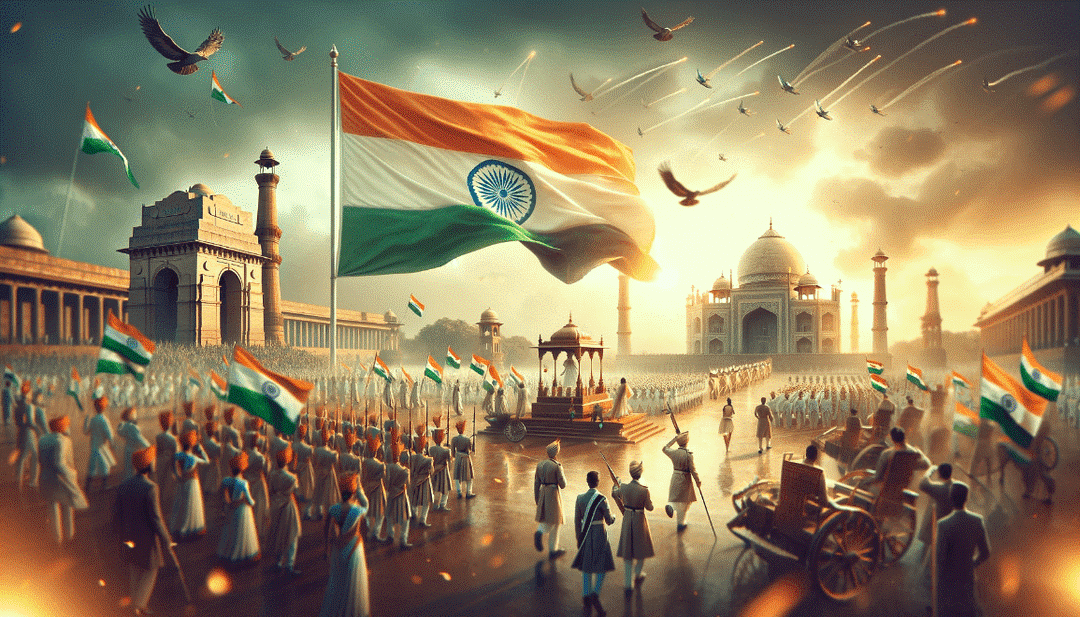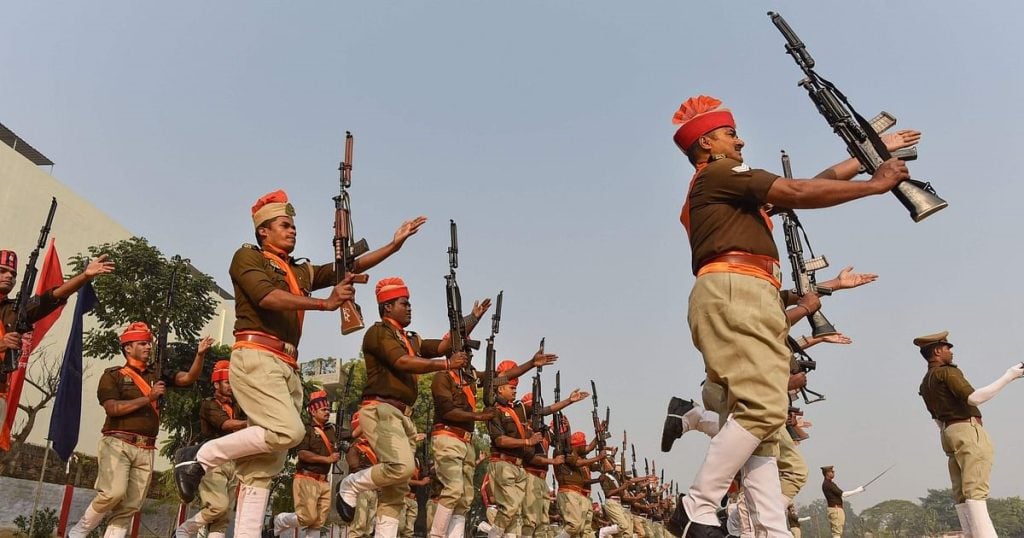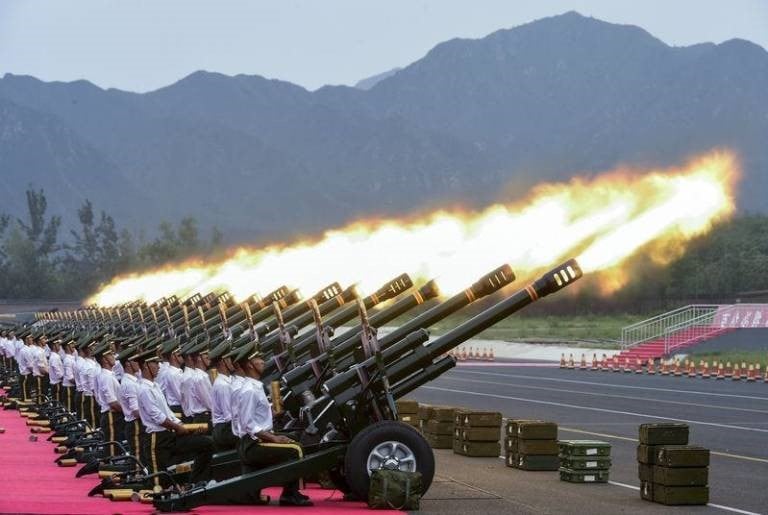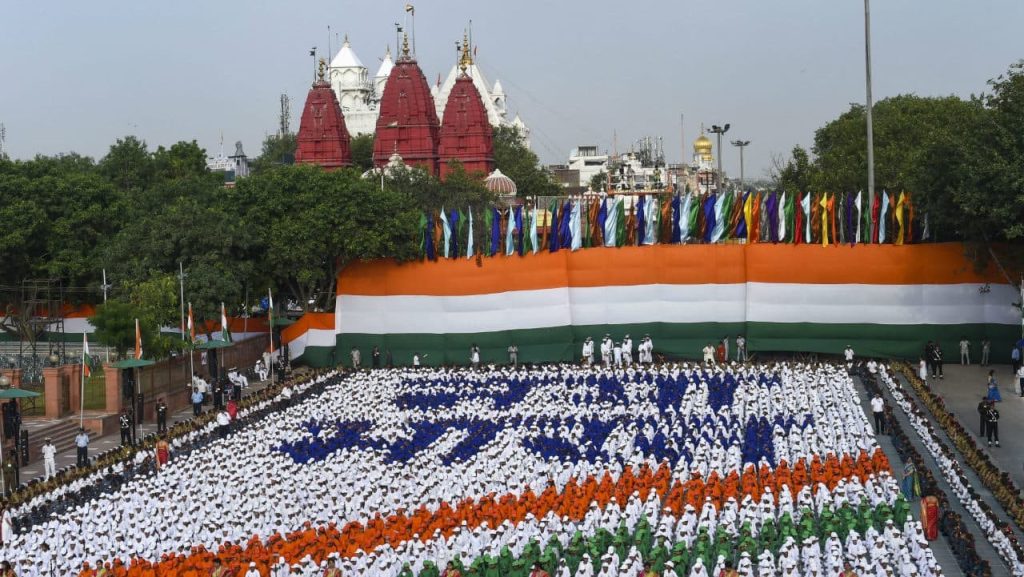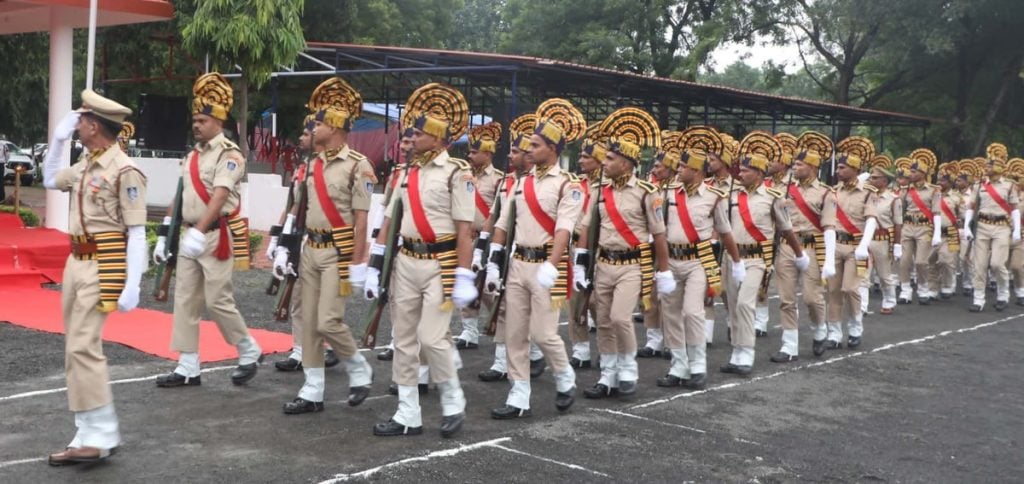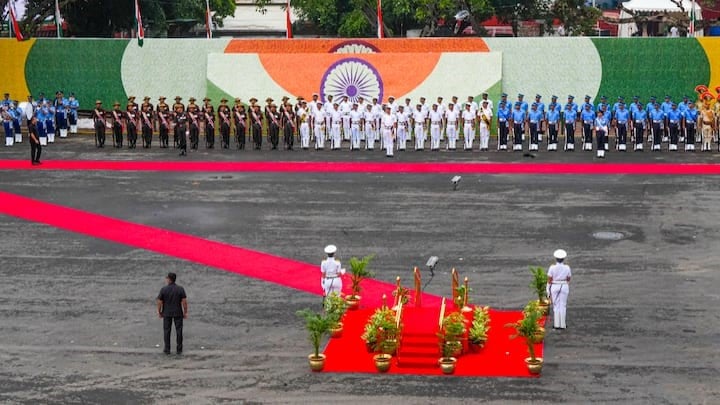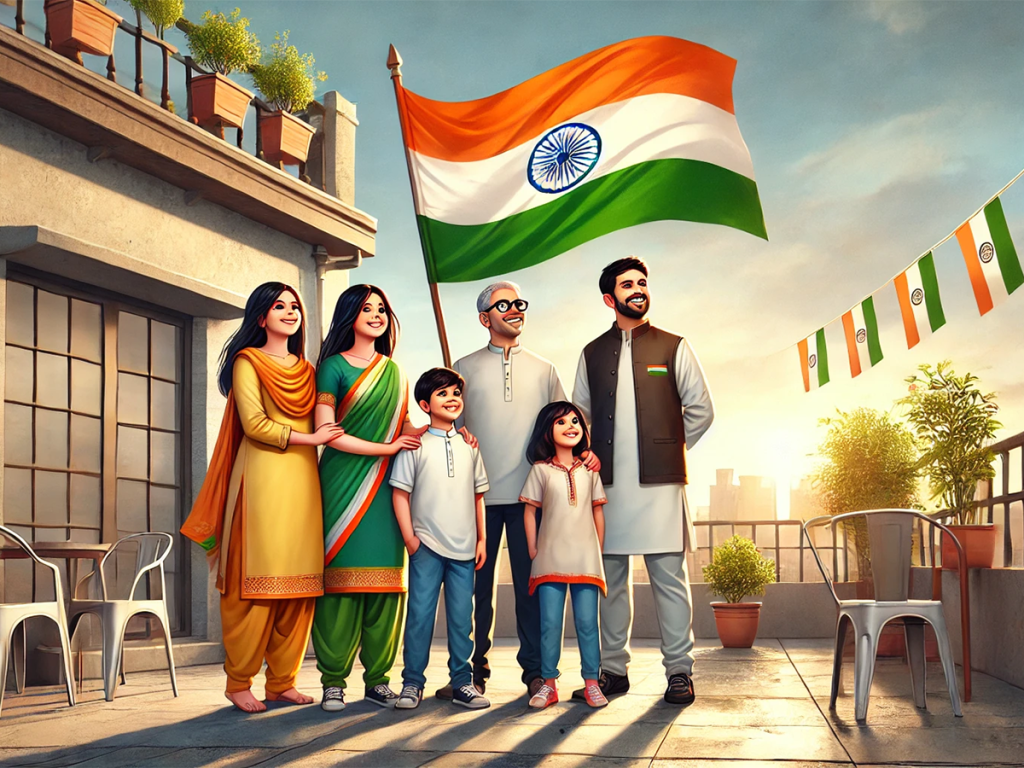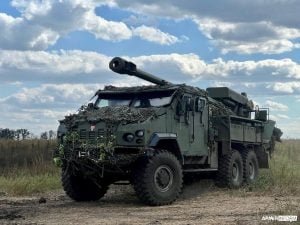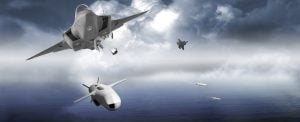As India gears up to celebrate its 78th Independence Day, the nation’s defense forces have been hard at work, preparing for the grand festivities. One of the most iconic and revered traditions is the 21-gun salute, a ceremonial military honor that holds immense significance in the country’s history and collective consciousness.
Recently, the Indian Army conducted a meticulous rehearsal of this solemn ritual at the historic Red Fort in New Delhi, showcasing their unwavering commitment to honoring the sacrifices of those who fought for India’s freedom. This article delves into the 21-Gun Salute Drill by Indian Army Before Independence Day.
The Significance of the 21-Gun Salute
The 21-gun salute is a time-honored tradition that has its roots in the colonial era, when it was used as a gesture of peace and respect. Over the years, it has evolved to become one of the highest national honors, symbolizing the sovereignty and pride of the nation. In India, the 21-gun salute is particularly significant as it serves as a tribute to the brave men and women who laid down their lives for the country’s independence.
The Origins of the 21-Gun Salute
The practice of the 21-gun salute can be traced back to the early days of naval warfare, when ships would fire their cannons to demonstrate that their weapons were unloaded and that they posed no threat. This ceremonial gesture eventually became a way to show respect and honor to visiting dignitaries and important figures. In India, the 21-gun salute has been a part of the country’s independence celebrations since the very first one in 1947.
The Meaning Behind the Number 21
The choice of 21 guns for the salute is not arbitrary; it holds deep symbolic meaning. The number 21 is considered to be the highest number of cannon shots that can be fired without reloading, making it a significant and prestigious honor. Additionally, the 21 rounds represent the 21 steps of the ancient Hindu ritual of purification, further emphasizing the solemn and reverent nature of the ceremony.
The Meaning Behind Beret Colors in India’s Military
The Indian Army’s Rehearsal at the Red Fort
In preparation for the upcoming Independence Day celebrations, the Indian Army recently conducted a meticulous rehearsal of the 21-gun salute at the iconic Red Fort in New Delhi. This event was a testament to the military’s unwavering commitment to honoring the nation’s history and the sacrifices of its forefathers.
Precision and Coordination
The rehearsal was a display of military precision and coordination, as the ceremonial battery of the Indian Army worked in perfect synchrony to execute the 21-gun salute. Major Kaushik Sabnis, who led the rehearsal, emphasized the importance of this ceremony, stating that it is not just a demonstration of military might, but a profound gesture of pride and a remembrance of the sacrifices made by India’s freedom fighters.
The Specialized Equipment
The Indian Army utilized specialized equipment for the 21-gun salute, including the light field guns developed by the Indian Ordnance Factory in 1982. These guns are approximately 1,000 kg lighter than the standard Indian field guns, allowing for greater maneuverability and precision during the ceremony. The use of these modern, indigenously developed weapons underscores the Indian Army’s commitment to self-reliance and technological advancement.
The Synchronized Ceremony
The 21-gun salute is part of a broader set of synchronized activities that take place during the Independence Day celebrations. In addition to the firing of the 21 rounds, the ceremony also includes the unfurling of the national flag by the Prime Minister and the playing of the national anthem by the Indian Condition Band. The entire sequence is meticulously choreographed to ensure a seamless and impactful display of the nation’s unity and patriotism.
The Broader Context of Independence Day Rehearsals
The rehearsal of the 21-gun salute is just one component of the extensive preparations that take place for India’s Independence Day celebrations. These rehearsals are a crucial part of the overall planning process, ensuring that every aspect of the event is executed with precision and attention to detail.
The Importance of Rehearsals
The Independence Day rehearsals involve the coordination of multiple agencies and participants, including military personnel, police forces, cultural groups, and government officials. These practice sessions allow for the fine-tuning of various elements, such as the parade, flag hoisting, speeches, and cultural performances, to ensure a smooth and flawless presentation during the main event.
Timing and Locations
The Independence Day rehearsals typically take place in the weeks leading up to August 15th, the date of India’s independence. These practice sessions are usually held at the main venue for the celebrations, such as the Red Fort in New Delhi or the India Gate, allowing the organizers to familiarize themselves with the logistics and layout of the event.
Participant Involvement
The rehearsals involve a wide range of participants, from military personnel responsible for the 21-gun salute and parade to cultural groups performing traditional dances and musical numbers. This collaborative effort ensures that all the moving parts of the Independence Day celebration are seamlessly integrated and executed.
5 Best Military Aerobatic Teams in the World 2024
The Significance of Independence Day 2024
The upcoming Independence Day celebrations in 2024 will hold special significance, as India marks the 78th anniversary of its independence. The theme for the event, “Viksit Bharat” or “Developed India,” reflects the nation’s ambitious goals and aspirations for the future.
The “Viksit Bharat” Theme
The “Viksit Bharat” theme aligns with the Indian government’s vision to transform the country into a developed nation by the time it celebrates its centenary of independence in 2047. This theme will be woven throughout the Independence Day celebrations, highlighting India’s progress, achievements, and the collective determination to realize its developmental dreams.
The Main Event at the Red Fort
The primary Independence Day event will take place at the historic Red Fort in Delhi, where Prime Minister Narendra Modi will hoist the national flag and deliver his address to the nation. This ceremony is a powerful symbol of India’s sovereignty and the enduring spirit of its people.
Widespread Participation and Broadcast
The Independence Day celebrations are set to be a grand affair, with over 4,000 special guests from diverse sectors, including farmers, youth, women, and the underprivileged. The event will be broadcast live on Doordarshan, YouTube via the Press Information Bureau, and social media platforms, ensuring that the nation can collectively witness and celebrate this momentous occasion.
The “Har Ghar Tiranga” Campaign
Alongside the official Independence Day celebrations, Prime Minister Narendra Modi has also called on the citizens of India to participate in the “Har Ghar Tiranga” campaign. This initiative encourages people to display the national flag at their homes and businesses, fostering a sense of unity and national pride.
Encouraging Citizen Participation
By urging the public to hoist the Tricolour, the “Har Ghar Tiranga” campaign aims to make the Independence Day celebrations a truly nationwide movement. This grassroots-level participation reflects the government’s desire to engage citizens in the commemoration of India’s hard-won freedom.
Changing Social Media Profiles
As part of the “Har Ghar Tiranga” campaign, Prime Minister Narendra Modi has set an example by changing his social media profile picture to the national flag. This symbolic gesture is a call to action for all Indians to join in the celebration of the country’s independence and to showcase their patriotism.
Submitting Selfies with the Flag
The government has also launched a dedicated website, “harghartiranga.com,” where citizens can share their selfies with the national flag. This interactive platform allows for the collective documentation of the widespread public participation in the “Har Ghar Tiranga” campaign, further amplifying the sense of national unity and pride.
The 4 Top Timeless Treasures of the Indian Air Force’s Heritage Fleet
Conclusion
The Indian Army’s rehearsal of the 21-gun salute at the Red Fort is a powerful reminder of the nation’s unwavering commitment to honoring its history and the sacrifices of its forefathers. This ceremonial display of military precision and patriotism sets the stage for the upcoming Independence Day celebrations, which will be infused with the spirit of “Viksit Bharat” – a vision for a developed and prosperous India.
As the country gears up to commemorate its 78th year of independence, the “Har Ghar Tiranga” campaign further strengthens the bond between the government and the citizens, inviting all Indians to participate in the collective celebration of the nation’s freedom. Through these synchronized efforts, India continues to reaffirm its identity as a confident, self-reliant, and united nation, ready to embrace the challenges and opportunities that lie ahead.
FAQs
1. What is the significance of the 21-gun salute in India’s Independence Day celebrations?
The 21-gun salute is a time-honored tradition that symbolizes the sovereignty and pride of the nation. It serves as a tribute to the brave men and women who laid down their lives for India’s independence, and the number 21 holds deep symbolic meaning in Hindu rituals.
2. How is the “Har Ghar Tiranga” campaign encouraging citizen participation in the Independence Day celebrations?
The “Har Ghar Tiranga” campaign urges citizens to display the national flag at their homes and businesses, fostering a sense of unity and national pride. Prime Minister Narendra Modi has set an example by changing his social media profile picture to the Tricolour, and the government has launched a dedicated website where people can share their selfies with the flag.
3. Which princely state has the 21-gun salute?
Only three princely states initially received the highest honor of 21-gun salutes: the Maharaja Gaekwad of Baroda State, the Maharaja of Mysore, and the Nizam of Hyderabad. In 1917, the Maharaja Scindia of Gwalior was included, followed by the Maharaja of Jammu and Kashmir in 1921.
4. Do other countries do a 21-gun salute?
On August 18, 1875, the United States officially adopted the 21-gun salute, the number set by Britain, France, and other countries.
5. Why 21-gun salute on Republic Day?
The 21 Gun Salute was given with 105 mm Indian Field Guns, the indigenous gun system on Kartavya Path. 21 Gun Salute is the highest military honour presented to the National Flag from the Kartavya path.
